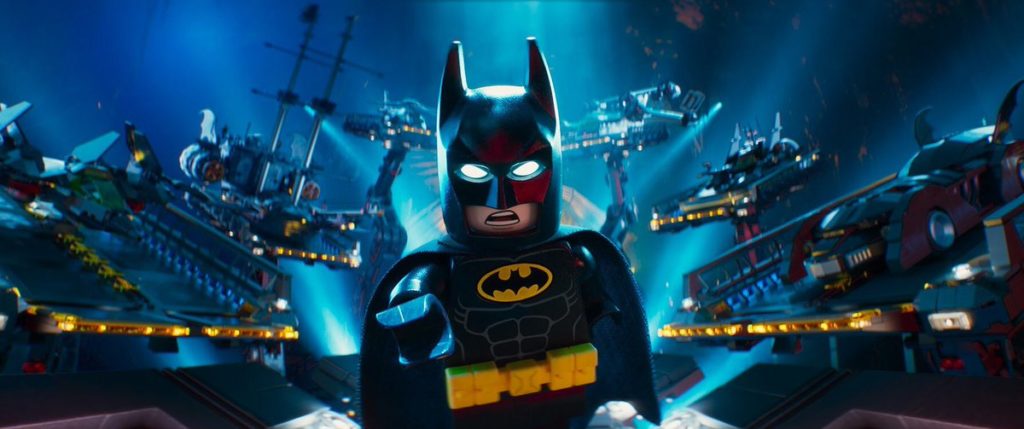
Yes, I’m starting to get tired of movie franchises. It’s getting a little old. The sheer bulk of canon in the Marvel Cinematic Universe offers little room for new storytelling: for a while they were weaving a web, spinning new strands in the gaps, but that web is becoming a dense, impenetrable clump, with almost no space for even the best imagination to work. And I’m not sure how another reboot/recast of Batman will add much to the world. I think my friend Chip said it best: “In the future, everyone will play Batman for fifteen minutes.” Do we really need that?
But I don’t hate the very idea of franchises and reboots. I don’t find them inherently repetitive or formulaic (although they sometimes are). I often find them deeply resonant. And I’m finding it useful to reframe them as folktales.
How many stories do we have about Robin Hood? King Arthur? Aladdin, Coyote, John Henry, Joan of Arc, Baba Yaga, Hercules, Satan? Fictional characters, mythical beings, historical figures whose lives have been retold into legend — we’ve been rebooting these characters for decades, centuries, millennia. We’re still finding new stories to tell. There’s power in being a link in a story’s chain, listening to the old tales and passing them on. And there’s a different power in twisting that chain, skewering the old characters and reshaping them.
Can we look at Batman the same way?
Now, there’s a big difference between folktales and media franchises — and that’s who gets to tell the stories. Folktales are told by, well, folks. Batman is primarily told by a massive, profit-driven global corporation. But the world of fandom has shifted that power dynamic. Today’s audiences have powerful platforms for critiquing major media and demanding the stories we want to hear. And we cannot forget about fanfic. A sprawling network of writers and readers are taking corporate franchise characters and claiming ownership of them. The day Star Trek fans started writing and sharing dirty stories about Kirk and Spock was the day Star Trek became a folktale.
And even the most well-trodden media franchises can surprise us. I thought there was nothing left to say about Batman that hadn’t already been said — until I saw The Lego Batman Movie (2017), which took the entire concept and ran it through a hilarious meat-grinder, shredding the character of the muscle-bound lone wolf and exposing the toxic masculinity at his core. It isn’t just a cute send-up. It’s a complete dismantling of the entire concept of the lonesome vigilante, framing Batman’s brooding isolation as affectation and armor, and showcasing the power of connection and collective action.
Which wouldn’t have worked if it had been about some generic vigilante. It had to be about Batman, or another well-known, long-standing character like him. Lego Batman wouldn’t have resonated without decades of Batman stories, decades of the character being retold and reimagined and reframed and retold again. It wasn’t just a story about a brooding vigilante learning to let down his guard and work with others. It was a meta-story about the Batman character and our fascination with him: a meta-story about how the character evolved from an upstanding (if secretive) member of a crime-fighting system to an increasingly dark, out-of-touch loner, obsessed with his own self-imposed isolation, with too many resources and too few constraints.* Folk tales and franchises don’t just tell stories. They give a unique window into what kinds of stories we want to be told.
The problem with franchises — well, one of the problems — is that they don’t create enough room for new stories. But The Lego Batman Movie was a new story. Boy, howdy, was it ever. And the fact that it was about Batman didn’t detract from its freshness. It enhanced it. The tales of Robin Hood have been told for centuries, by unknown farmers and by Francis Child, by Errol Flynn and Russell Crowe, by Walt Disney and Mel Brooks. There’s no reason Batman shouldn’t get the same treatment.
*Yes, I find the Dark Knight series annoying. How could you tell?


I hope Batman does get the folklore treatment, and it might be possible once the copyright expires.
I’ve never been bothered that DC didn’t have a cinematic universe until recently. DC/Warner Brothers allowed directors to do their own takes on character, and the animated movies weren’t tied to the live-action films. Different takes on the characters is fun. That’s within a mega-franchise, but it shows what’s possible when there can be more versions of characters like Batman.
There are ways for superhero franchises to have multiple variations of the same character within the fictional universe.
That’s how one ends up with “multiverse” and “infinite earths” plotlines.